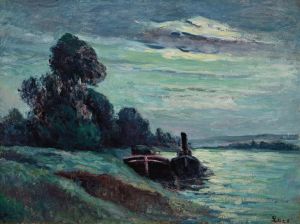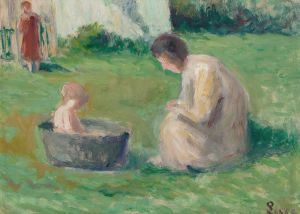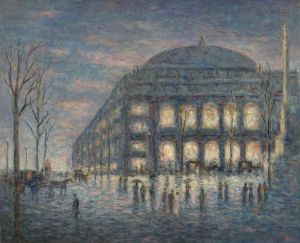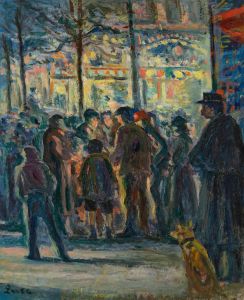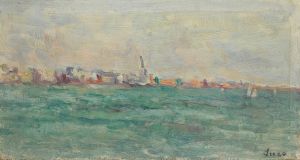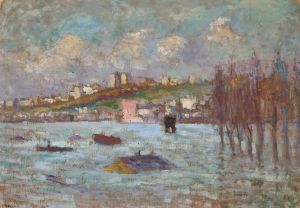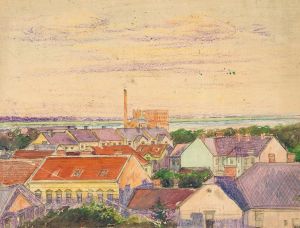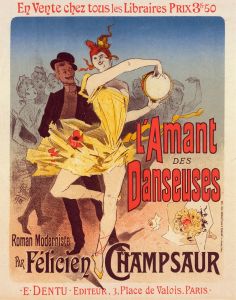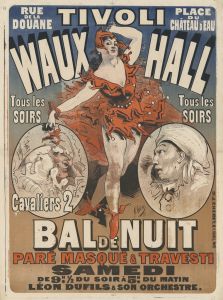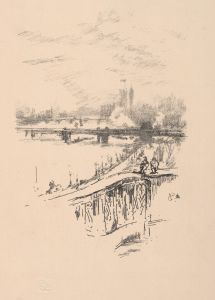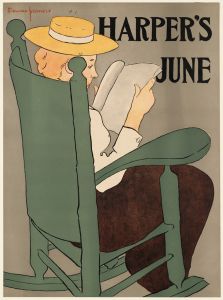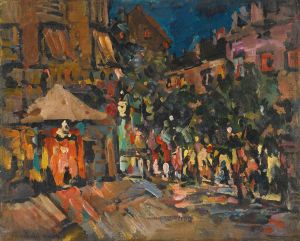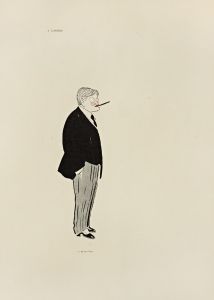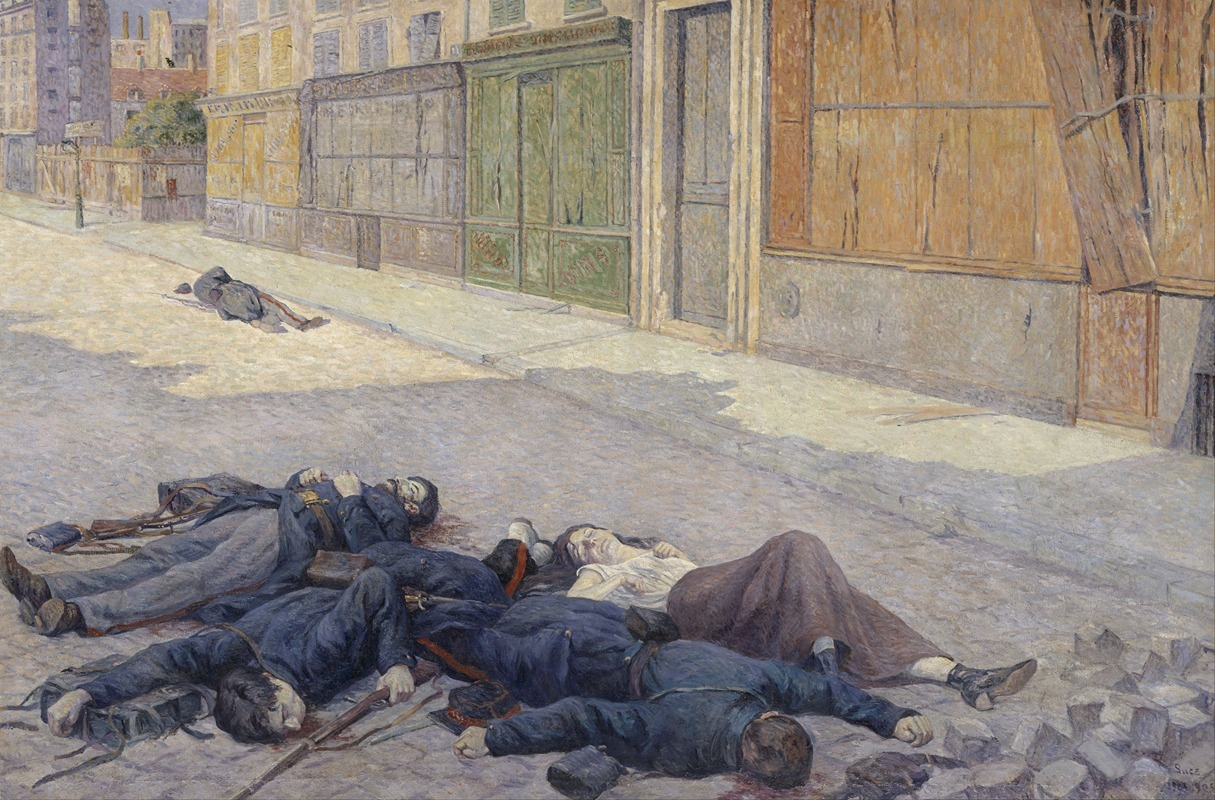
A Street in Paris in May 1871
A hand-painted replica of Maximilien Luce’s masterpiece A Street in Paris in May 1871, meticulously crafted by professional artists to capture the true essence of the original. Each piece is created with museum-quality canvas and rare mineral pigments, carefully painted by experienced artists with delicate brushstrokes and rich, layered colors to perfectly recreate the texture of the original artwork. Unlike machine-printed reproductions, this hand-painted version brings the painting to life, infused with the artist’s emotions and skill in every stroke. Whether for personal collection or home decoration, it instantly elevates the artistic atmosphere of any space.
Maximilien Luce's painting "A Street in Paris in May 1871" is a significant work that captures a tumultuous period in French history. Created by the French Neo-Impressionist painter Maximilien Luce, this artwork reflects the social and political upheaval during the Paris Commune, a radical socialist and revolutionary government that briefly ruled Paris from March 18 to May 28, 1871.
Luce, born in 1858, was an artist known for his involvement with the Neo-Impressionist movement, which emphasized the use of small, distinct dots of color to form an image. This technique, known as Pointillism, was pioneered by Georges Seurat and Paul Signac, with whom Luce was closely associated. Luce's works often depicted scenes of everyday life, labor, and social issues, reflecting his political beliefs and commitment to anarchism.
"A Street in Paris in May 1871" is set against the backdrop of the Paris Commune, an event that arose in the aftermath of France's defeat in the Franco-Prussian War and the subsequent siege of Paris. The Commune was established by radical workers and revolutionaries who sought to implement socialist reforms and resist the conservative French government. However, the movement was short-lived, as it was violently suppressed by the French Army during what is known as "La Semaine Sanglante" or "The Bloody Week."
The painting captures the essence of this period, portraying a street scene that likely reflects the tension and chaos of the time. While specific details of the painting's composition are not widely documented, Luce's work from this era often includes vivid depictions of urban life and the struggles of the working class. His use of color and light would have been instrumental in conveying the mood and atmosphere of the period, aligning with the Neo-Impressionist style's focus on capturing the effects of light and color.
Luce's political leanings and his experiences during the Commune likely influenced his choice of subject matter. As an artist committed to social issues, Luce used his art to comment on the political climate and the plight of the working class. His works from this period are seen as both artistic achievements and historical documents, offering insight into the social dynamics and conflicts of late 19th-century France.
The legacy of the Paris Commune and its impact on French society and politics have been subjects of extensive study and debate. Luce's painting serves as a visual representation of this critical moment in history, providing a lens through which viewers can explore the complexities of revolutionary movements and their aftermath.
In summary, "A Street in Paris in May 1871" by Maximilien Luce is more than just a painting; it is a historical artifact that encapsulates the spirit of resistance and the harsh realities faced by Parisians during the Commune. Through his Neo-Impressionist style, Luce offers a poignant reflection on a pivotal event in French history, underscoring the enduring power of art to document and interpret the human experience.





